Against a plain white wall, her face artfully obscured, Sarah-Jeanne models a series of skinny-rib cardigans and oversized jackets straight out of an early episode of Friends.
Once she’s finished taking photos, the 30 year old from New South Wales will upload them to Depop, an online clothing resale platform, where the ‘90s-style pieces she sells are catnip to Millennial and Gen Z consumers. In fact, her Depop ‘shop’ – which bears the handle @vintage_stories – has turned into an almost full-time job.
“I dedicate about four days a week to it,” says the willowy blonde, above. “One or two days sourcing items, one day to shoot items and prepare listings, and one day to the #bts (washing, steaming, restoring and seaming). Depop can be a 24/7 job because people can message you any time. So, I always put a few hours a day into it.”
Chances are that if you’re over 30 you may not have heard of Depop, but the platform and Instagram-style app, which launched in the UK in 2013, has exploded internationally and now has 21 million users in 147 countries.
Although it only arrived here last November, Australia has already become the app’s third-largest market – and Sarah-Jeanne is one of many ‘Top Sellers’ drawing a significant income from the platform. And, even in this pandemic-induced recession, the re-commerce market continues to grow.
Over the next five years, the global resale market as a whole is set to be worth $89billion – and by the end of the 2020s, experts say second-hand will dwarf fast fashion. “We estimate that one in four 15-29 year olds are Depop users,” says country manager Aria Wigneswaran.
Yet as resale matures, Depop is just one of many sites competing for our second-hand clothes. At the luxury end of the market, Vestiaire Collective and TheRealReal sell designer items authenticated by in-house teams, while New Zealand-based Designer Wardrobe, which launched in Australia in June, says it facilitates the sale of $150,000 of designer pre-loved goods every week.
Smaller entrants to the market include not-for-profit Worn For Good, and myriad second-hand sellers that operate almost exclusively on social media, such as Pre-Loved Closet, which offers curated ‘drops’ of desirable pieces.
Even Covid-19 hasn’t dented our passion for thrift. While traditional retail sectors suffered during lockdown, online consignment platform ThredUp says its revenue grew by 20 per cent year on year.
“People were at home looking at their too-full wardrobes, and they finally had time to clear them out,” says Designer Wardrobe CEO Ruby Morgan. “So that time was good for resale and for sustainability, too.”
The most popular items on the Australian Depop marketplace are 1990s and early 2000s surf brands, says Wigneswaran. (Yes, older Millennials – your handkerchief tops and Mambo shirts are now vintage). While some items have a higher price point – Yeezy sneakers sell for several hundred dollars, for example – the majority of womenswear on Depop comprises cute tops and dresses, styled to appeal to the site’s 20-something audience. Unlike other platforms that encourage still-life photography, Depop’s Instagram-style tiles encourage sellers to model pieces themselves.
“Styling definitely plays a major role in creating interaction with the users,” says Sarah Jeanne, who’s a slender size 8-10. “I always make sure that I style my items just exactly how I would wear them myself. Having a plain background and natural light has also been really effective to create attractive listings.”
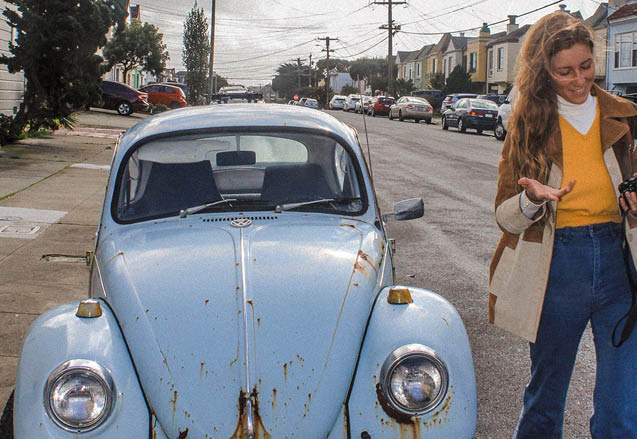
What’s more, savvy second-hand sellers are always on the lookout for product. “I am currently on holiday in Byron Bay and I have been sourcing vintage every day, washing when I get back to the accommodation and then replying to any messages that I have on the app,” says Camille, a 23-year-old Sydneysider who has been working full-time on her Depop shop, @altheavintage, since March this year. “There are certainly some days that are much busier than others but every day is work – which I love.”
Like Sarah-Jeanne, Camille also feels thrift shopping plays an important role in reducing fashion’s effect on the environment. In Australia, 6000 kilograms of clothing is thrown away every 10 minutes; the fashion industry globally is responsible for 10 per cent of carbon emissions, more than all international flights and shipping combined. “Resale is recycling and repurposing,” says Camille. “It creates a new marketplace for people invested in a sustainable future.”
Yet the circular economy isn’t the panacea for all fashion’s woes – at least, not until consumer behaviour shifts significantly. As the Business of Fashion pointed out earlier this year, resale only works as an environmental solution if, concurrently, we buy fewer brand-new items. So, selling a designer handbag to raise funds to buy the latest release isn’t helping the planet.
I source vintage every day
“People are now trading these things, and it’s not preventing them from buying new stuff,” said Michael Sadowski, a research fellow at the non-profit World Resources Institute. “If you shop resale and that doesn’t change at all your purchases of new apparel, then there’s no impact.”
While luxury brands have been slow to respond to the growing resale market for their products, some are starting to recognise its value in introducing younger customers to their products. The RealReal, for example, offers sellers who consign Stella McCartney a $100 store credit in a bid to entice them to spend on new releases.
“Resale introduces high-end brands to customers who might otherwise never buy the real thing,” says Dr Stephen Wigley, associate dean of fashion enterprise at RMIT. “As consumers get older, and may have a little more money, perhaps they will start to buy new from the brand.”
Designer resale also appeals to the squeezed middle-class consumer whose disposable income has shrunk while their taste for luxury items continues unabated. “Brands like Chanel have actually raised prices recently to protect their luxury positioning,” Wigley adds, which makes buying second-hand even more attractive.
Yet resale isn’t just the primary retail market’s poor relation. With their carefully curated edits and stylish imagery, sellers like Pre-Loved Closet are helping to make resale an aspirational purchase. After all, what’s more desirable than a hard-to-find designer piece styled in an achingly modern way?
In future, these platforms “have the opportunity to play beyond the resale, building businesses and creating trends,” Depop’s CEO Maria Raga said at the end of last year. “They have the potential to play a bigger role, influencing the way products are created in the first place.”
Want more stories like this? Sign up to PRIMER’s weekly newsletter here.




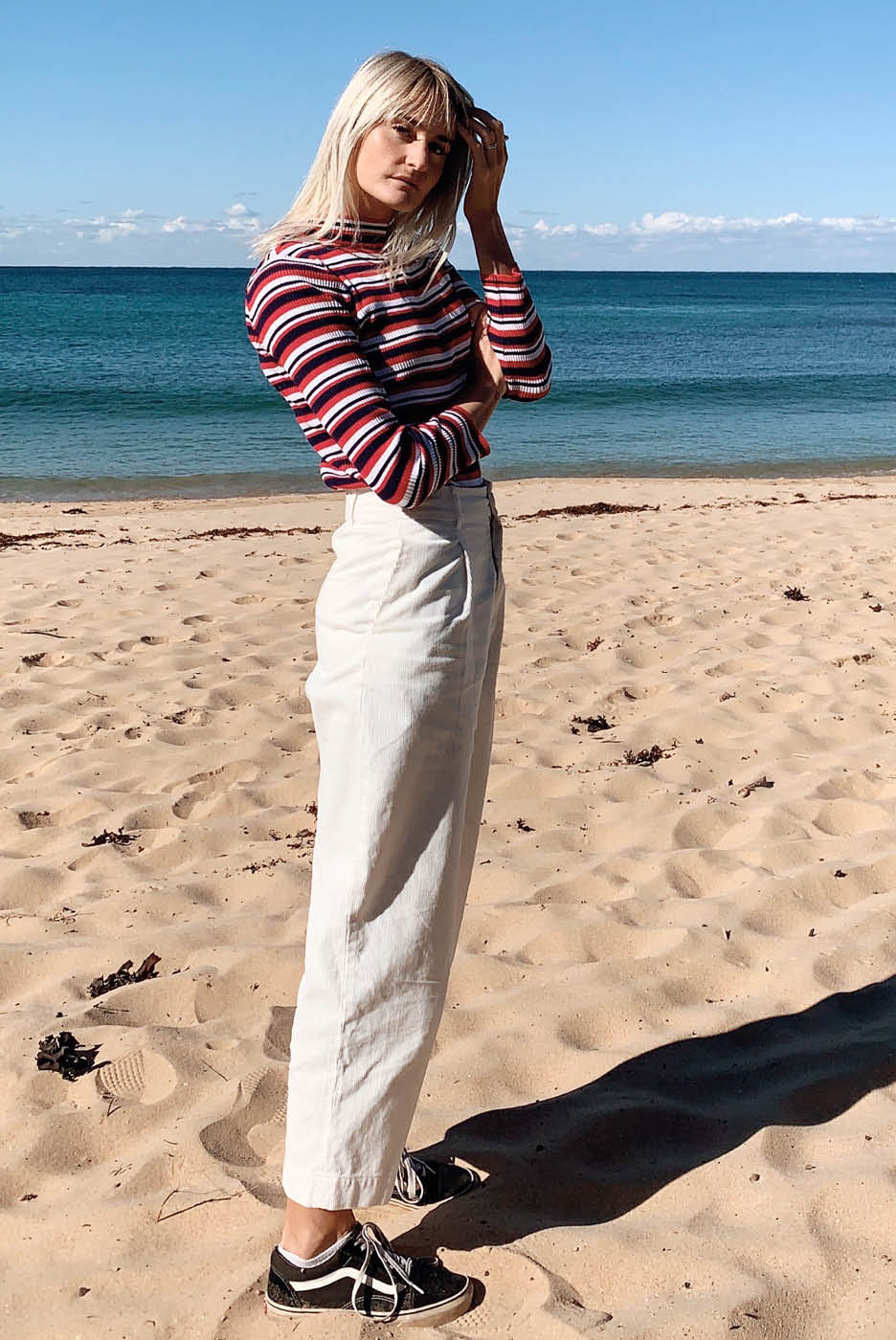



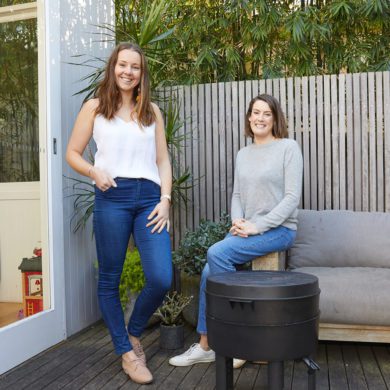
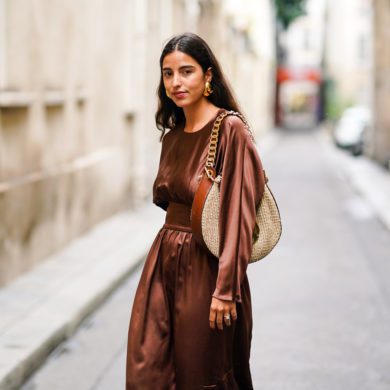
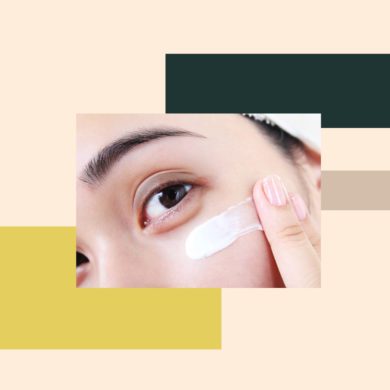



No Comments